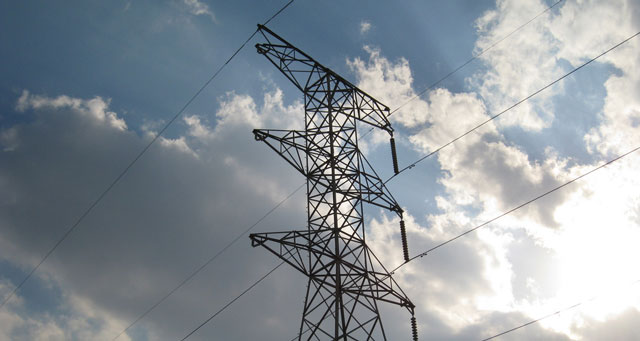
The chances of load shedding on Tuesday are medium for the day and high for the evening, Eskom said in a tweet on Tuesday.
On Monday Eskom implemented stage one load shedding just after 4pm without warning, only notifying the media and public about half an hour later.
It moved to stage two load shedding within an hour, blaming a further shortage of generation capacity on additional units that had to be taken out of service for unplanned maintenance caused by technical faults.
The prognosis for the rest of the week doesn’t look better as data from Eskom’s system status bulletin shows its capacity to meet demand is expected to be short by almost 3GW during the evenings this week.
This could result in load shedding moving from stages one to three during the evening from Tuesday to Thursday.
Peak evening demand this week is predicted to be far more than the capacity, with Tuesday (less 3GW), Wednesday (less 2,6GW) and Thursday (less 2,7GW) showing signs of load shedding up to stage 3a, when 3GW needs to be cut from the grid.
Stage one requires 1GW less electricity usage, stage two (2GW), stage 3a (3GW) and 3b (4GW).
Eskom said South Africans could assist in lessening the impact of load shedding by lowering their consumption.
“Every little bit of saving counts in minimising the severity of load shedding.”
The state power utility reiterated calls on all customers to reduce the load on the electricity grid by switching off geysers, air conditioners, pool pumps and all nonessential appliances throughout the day. This will reduce electricity demand.
“There is a golden rule that applies to saving electricity in the home: If you’re not using it, switch it off,” Eskom explained.
Eskom said commercial customers, particularly shopping centres and office blocks, can also make a big difference by switching off nonessential lights and not leaving office equipment such as photocopiers and computers in standby mode after hours.
“By partnering with Eskom and changing the way we use energy everyday, you can make a difference to the electricity supply shortage in our country.” — Fin24




